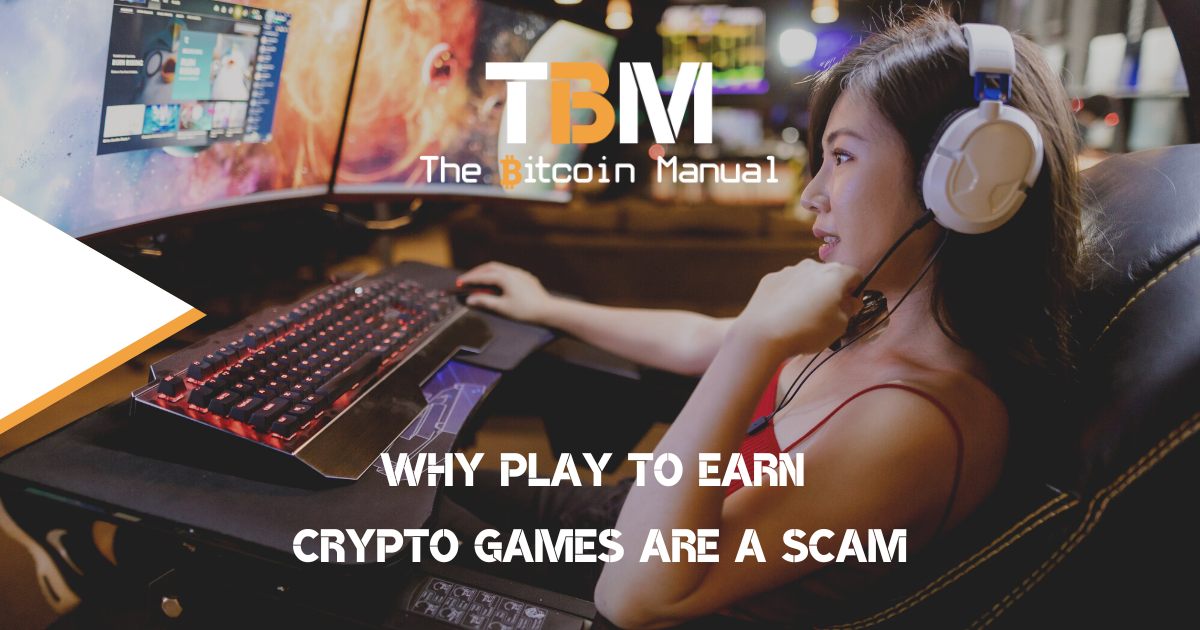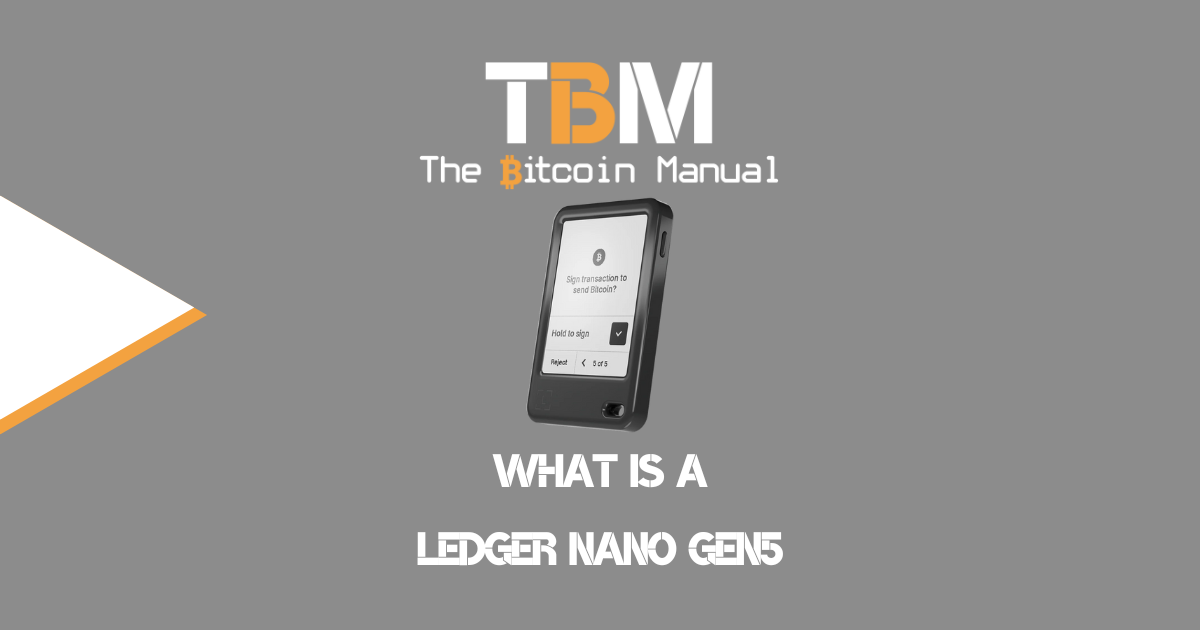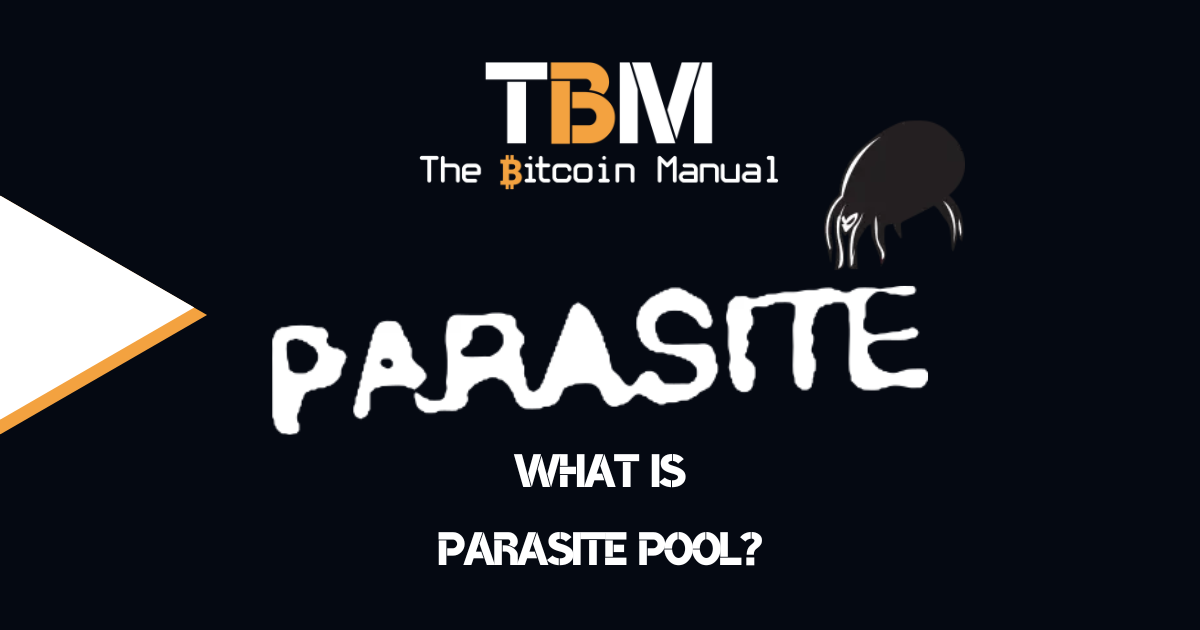Gaming has been a fun way to pass the time, a good bit of interactive entertainment, and I freely admit to spending a large sum of my teenage years playing console, hand held and computer games. Earning money doing odd jobs and saving to spend on games in my early years may not have been the wisest choice financially speaking, but I got a lot of enjoyment out of it, not only alone but playing with my peers.
Gaming is a culture. It evolves with us.
The stories, the world-building, and the characters are so engaging, and it’s why so many people become superfans of different gaming genres.
Gaming has always been a pay system; you could put money into an arcade machine in exchange for a chance to get as far as possible, to try and beat the game. Alternatively, you sank a little more capital in and bought the game and gaming console, where you could spend hours playing at your own convenience until you finished the game. For gamers, it was a far exchange; the publisher raises money and spends time creating the game and then tries to sell as many of it as possible to cover costs and then push for larger profits.
As gaming grew out of a niche of nerd culture and became more of a popular mainstream and culturally accepted practice, the money came flowing in and, with that, a dilution of the product. When big money comes into anything, it’s all about hollowing out as much of a “vehicle” as possible and moving it on so that you can keep generating capital.
Instead of the once-off pay-to-play or pay-per-chance, we are now littered with microtransactions, DLC content, paywalls, special editions and half-arsed products that can be “patched” after release, but you still pay full price for it.
Modern gaming is also monetised with product placements, be that branding in the game, mentions of products in the script, associating certain products and services with characters which don’t always add to the story, and in fact, dilute the ability of a game too, provide the escapism, we all cherished from playing games.
Modern gaming, in general, has turned into a predatory industry. Hence, it makes sense why the preditors in the altcoin market would use gaming as a new vehicle to hit your pockets from angles you may not fully understand.
Proof of work in gaming is gone
Today we have console games, computer games, handheld console games and mobile games all competing for users and playing time; it’s become harder to get gamers, especially the lucrative casual market, to pay attention. One option would be to double down on production, create an amazing game with interesting player mechanics, take creative risks, build loveable characters, write an epic storyline and figure out a way to combine all these elements with the right talent to execute something people will love for generations to come.
Now that is proof of work, like the previous generation of gaming, where we had teams of limited budgets create games like Mortal Kombat to Minecraft.
But the proof of work takes time, it takes a serious injection of capital, and it takes the belief in the process. Today we don’t have that, so how do we circumnavigate proof of work with gimmicks, of course.
The ever-expanding attack on your pocket
While some gamers are still willing to sink big bucks into a solid AAA title, the amount of people willing to do that is relatively small. You are capped at how much you can extract from this crowd. In addition, they are tough critics, and if you don’t give them the experience they crave, you’re going to hear about it online, and that can impact sales.
Instead, you want to focus on the larger casual gamer market, the cohort of the masses that will flood in. You can monetise them gradually over time and slowly bleed them dry with microtransactions. It’s easier to get a casual gamer to spend $1 each day as they become more comfortable progressing in a game than it is to get a casual gamer to part with $100 for a complete game.
The blockchain gaming market has taken this trend, combining it with NFTs, yield farming and trading to create a new ecosystem that hypercharges their ability to access your funds.
What is play to earn gaming?
Play-to-earn games are a new brand of cryptocurrency backed games and marketing grift that let players earn rewards with supposed “real-world value” for completing tasks, battling other players and progressing through various game levels. These rewards come in the form of in-game assets like cryptocurrency tokens or NFTs in the form of virtual land, as well as skins, weapons and other in-game items.
Each play-to-earn economy is backed by their native token and is subject to that tokens governance, issuance rate and network security, which are all possible risk factors that can impact the value of the token.
The game is getting at your pocket
These play-to-earn games market themselves as a way to earn an income, but for whom? For you, the player or for the developers and the venture capital funds invested in the game? My bet on who profits is always with the side that has the better information asymmetry and control over the ecosystem.
While you could probably get away with playing the game for free, earning a pittance of a reward that is not worth your time, the other option is to reinvest in the game. This can come from outside capital or using your in-game rewards to buy up more tokens, hold more tokens, buy up more items and lock up more capital.
As the games keep players locked in, it frees up their market, so the game developer is the only liquidity provider, and they can unroll from their pre-mine positions to new players while paying back their investors and netting themselves a healthy profit on a coin that has no value.
The longer the game goes on, the more players need to come online to gobble up the new tokens, or the inflation starts to dilute the incoming liquidity, and the price of the token tends to trend downward over time.
By the time players realise this, the main sellers are already well in profit, and the gamers are left with tokens where they cannot realise the value; the value is locked or worse, the coin has gone to zero.
But I don’t spend money; I spend time
The biggest proponents of these games will tell you it can’t be a scam, and you can’t lose because you’re not investing any money into the game, or rather they haven’t invested any money into the game, but this is not the full story.
Yes, while they may not have sent fiat or bitcoin into the game to get started, to earn coins or in-game items, you have spent a considerable amount of time to do that. The time that could have been spent on more profitable and productive economic activities, so you’re already discounting the opportunity cost of your time and labour.
Additionally, you’ve most likely used your in-game rewards and “reinvested” them to acquire other NFTs in-game, other tokens or add those tokens into staking pools to secure additional rewards. You may not have “realised” the value into something like fiat or bitcoin, so sure, you have a certain value in your wallet, but can you liquidate it?
Is there a large enough market demand to sell your tokens and realise the value? Probably not; in addition, many of these P2E gamers get sucked into the hamster wheel of the game and hold the tokens long as possible so that they can earn more rewards, reach the next level and attain more prestige.
The game mechanics convince you to remain a holder of these tokens and assets, pulling them off the market and allowing the native currency issuer to supply the new market demand with tokens, and they can realise the value from these tokens while players keep adding to their positions.
Who do you think is going to be taking those tokens off you once it comes time to sell? Other players, it’s not going to be the game using their income and driving it back into the market to provide a floor, that’s for sure. If you’re going to rely on the altruism of tech companies for realising value, all you will realise is that you made a bad decision.
Where does the money come from?
Very few of these play-to-earn players realise that even when they do realise the value in other tokens, it comes from other players. You’re creating new inflation by mining new rewards and then dumping that new inflation on players coming into the system and diluting everyone involved in the game.
Since gaming mechanics can be changed and inflation can be re-allocated, there are always new ways of earning value for certain cohorts of players versus others. It tends to create imbalances towards larger players in what is ultimately a proof of stake system.
If you’re spending time in a play-to-earn game and you can’t explain where their profit comes from, it’s most likely that you and your fellow player base are the monetisation for the ecosystem. You are the product and most likely promoting the game to sucker in new liquidity providers.
The more the game relies on players to gobble up inflation, the more likely it is to end in tears once the number of new players slows down or dries up. If your game doesn’t have multiple streams of revenue, you’re most likely holding and earning a token that will collapse in value.
How games could earn money
Play-to-earn games don’t have the be a player yield farming service of musical chairs if they can add new revenue streams over time. If you’re planning to invest or play a game, ask yourself how they are pulling money into the ecosystem. Does the game have a revenue model outside monetising the user base and putting new obstacles in their way that encourage them to reinvest in the game?
Some popular monetisation methods include:
- Advertising space in the game
- Slashing capital and rewards from in-game abusers and bots
- Leveraging the games treasury to earn capital that is redistributed to the users
- Fees for market trades between players
- One-of-a-kind purchases/Limited print runs of items
- Physical merchandise sales
- Sponsored tournaments and branded events
If none of these is evident, you may want to avoid these games, as they are all living on borrowed time.
Gaming is better with bitcoin
I am not saying all play-to-earn games are bad, and I am not saying you can’t make money if you get in at the right time or the rewards engine happens to pick you to be the big winner and turn into the marketing poster child for the game.
What I am saying is that these games are not perpetual money machines and viable alternatives to working for a living, as they can sometimes be pitched. Yes, some can achieve a rank that gives them that, but for the most people below them, they’re feeding the returns for a select few.
If you want to try your hand in these rigged systems, by all means, don’t let my warnings stop you, have at it and learn first-hand.
But if you want to play games without being monetised and dealing with all these potential pitfalls, gaming doesn’t have to be this complex weave of gambling with the house aligning the board in their favour and rent-seeking off of its user base. Instead, when a game uses bitcoin, it forces them to remove all the economic trickery from the game and focus on the game itself. Improving the game is the only way a bitcoin game can increase its user base and the user playtime.
The incentive to keep the game alive is to improve the experience. In contrast, these altcoin games can stagnate in the product department and keep tweaking the economics in their favour to extract profit with less effort.
This is not to say that bitcoin games won’t fail. There will be plenty that doesn’t reach product-market fit and capture a large enough audience to keep it going. Despite their failure, you still have the bitcoin you’ve earned that still has use and demand outside the game, so you don’t have the currency risk that comes with these specialised gaming tokens.
Play-to-earn something real
Have you been sucked into these play-to-earn crypto games and found them to be a waste of time? Which game did you play? What made you think twice about investing time or money in the game? Let us know in the comments down below.




